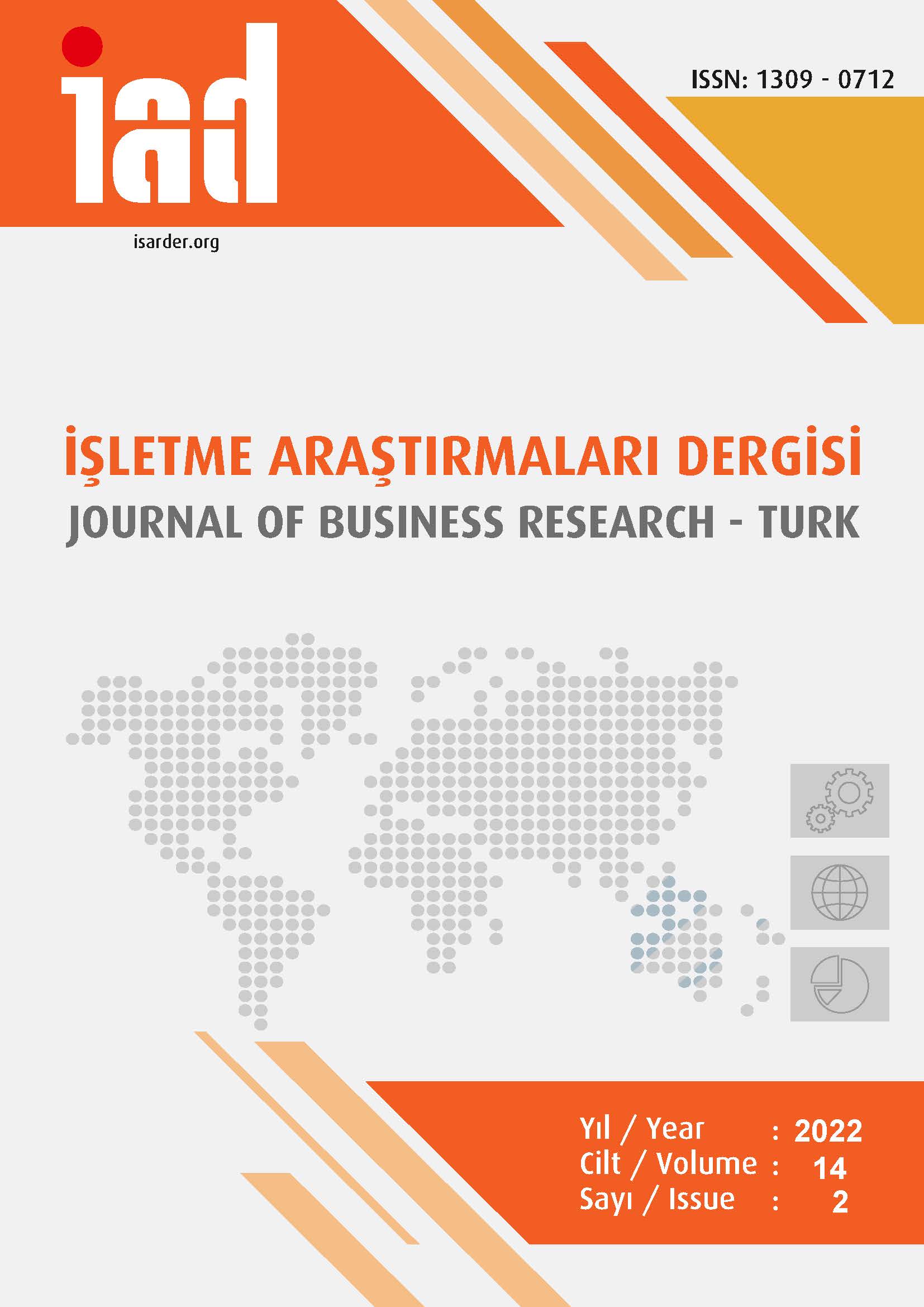(Organizational Ambidexterity: A Study on Teknopark Companies)
DOI:
https://doi.org/10.20491/isarder.2022.1433Keywords:
Organizational Ambidexterity, Ambidexterity, Ambidextrous OrganizationsAbstract
Purpose – In this study, it was aimed to determine whether organizational ambidexterity differs on demographic variables or not. For this purpose, firstly it was mentioned the theoretical part and then the findings of the study, conclusion and discussion part. Design/Methodology/Approach – The universe of the research is employees in Technopark technology companies within a State University. 138 employees with easy sampling method were included in the study. It was used that Attar (2004) organizational ambidexterity scale developed by Lubatkin et al. (2006) in this study. The data of the study were collected by a questionnaire form on the internet. The analysis of the data in the study was realized with the SPSS 21.0 program. Kaiser Meyer Olkin, Barlett Sphericity test, Cronbach Alpha, descriptive statistics, factor analysis, t-test, and One-way Anova analysis were applied. Statistical significance was accepted as p<0.05. Findings – It was determined that there was no statistically significant difference according to gender (p=0.673, p>0.05); marital status (p=0.491, p>0.05); educational status (p=0.248, p>0.05); professional senority (p=0.867, p>0.05); and workplace senority (p=0.205, p>0.05). It was found that there was statistically significant difference in exploitation sub-dimension in age (p=0.041, p<0.05). In multiple comparisons, it was determined that there was statistically significant difference between the ages of 25 and below and those of 36 and above (p=0.048; p=0.037, p<0.05). Discussion – The study contributes to the literature and other researchers in the field of organizational ambidexterity. It was not found any similarities with other studies in the literature. In this context, more studies are needed on this subject.
Downloads
Published
How to Cite
Issue
Section
License

This work is licensed under a Creative Commons Attribution-NoDerivatives 4.0 International License.





